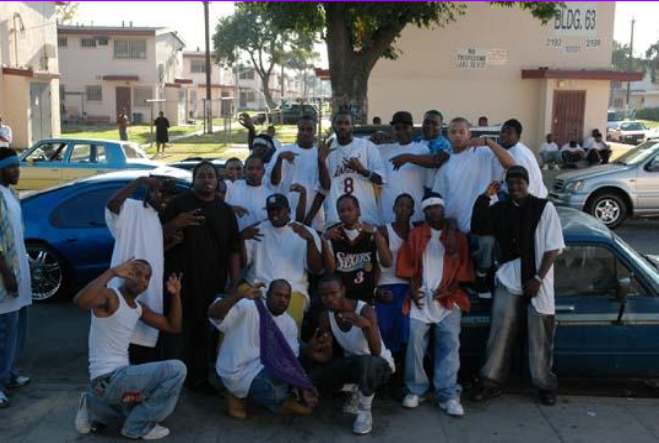

They should try telling that to youth in chronically troubled neighborhoods. Random acts of violence in the public space, they reassure us, are the exception, not the norm.

Grape street crips how to#
Professional health pundits advise us on how to talk to children about violence and how to recognize signs of post-traumatic stress. Schools across the country adjust their safety policies and drill staff in anticipation of copy-cat incidents. We pause to listen when survivors’ families demand we take gun control and health care for the mentally ill more seriously. High-level political figures visit the sites, attend funerals, and cry with survivors. We offer support to survivors, laud “heroes,” erect memorials to those lost, and set up funds to ease families’ burdens. When horrific massacres are inflicted upon places like Columbine, Virginia Tech, Aurora, or Sandy Hook Elementary, the nation mobilizes. I Say “Mass Killing,” You Say “Uptick in Violence” “That’s when I looked over and…seen that they had killed my brother.” Only after the shooters finally moved off down the street, seemingly in no particular hurry, did it finally hit her. And I know he didn’t do nothing to you all.” “ Who are you all? Why are you all doing that to my brother?” she wondered, “I know he don’t know y’all. Sitting across the street in a parked car, she says, she did not fully grasp what was happening. Whatever the reason, when the Impala made a U-turn and came slowly back around, nobody bothered to look up, Sherika says.Ī shooter suddenly popped out of the car and fired 17 rounds at the three young men hanging out on her grandmother’s porch. Perhaps because Grape Street hadn’t landed a kill, the community did not expect a retaliatory attack. As dawn broke, warning shots were already being fired in areas frequented by Grape Street’s rivals. That 2005 event sparked six weeks of tit-for-tat carnage that left nine dead, twenty-six wounded, and the whole of Watts paralyzed as the battle played out in the public space.Īlthough the incident that finally killed Bullard in the wee hours of Sunday, January 27, 2008, may have been sparked by a fight between women, the damage had been done. He had been something of a larger-than-life figure for having survived a shot to the face 3 years prior in retaliation for the wounding of a Bounty Hunter (Bloods from Nickerson Gardens). Twelve hours earlier a shooter(s) – presumably from the rival East Coast Crips – had sprayed a party where people from several neighborhoods had gathered, wounding seven and killing Bullard. That ”someone” was 25-year-old Branden “B.L.” Bullard – a major player in the East Side Grape Street Watts (Crip) gang based in Jordan Downs. “We’re not thinking we’re in harm’s way.”

“We were mourning the loss of someone we grew up with…” she tells me. that afternoon, they hadn’t thought much about it. When the Impala had first rolled through Jordan Downs around 1 p.m. Twenty-two-year-old Maurio Proctor, two years her junior but more like her twin – the boy that had followed her everywhere she went as a child and wanted to do everything she did – had been gunned down in front of her and all she could do was watch his killers drive away. “I went crazy,” Sherika Simms says quietly of the realization that she would be unable to help her brother. Sherika Simms holds the last photo taken of her brother, Maurio Proctor, outside one of their childhood apartments in Jordan Downs.


 0 kommentar(er)
0 kommentar(er)
